Dental Bleaching
Dental bleaching is a different method than dental cleaning (deterrence) or polishing (polishing) treatments performed in clinics. It is sometimes confused by patients. With dental bleaching or whitening is obtained in the current color of the teeth. The goal is not hygiene, but purely aesthetic. The aesthetic appearance of the teeth is changed in a positive way. It is a procedure that does not cause any damage to the teeth.
Dental bleaching can be done using different methods.
Laser whitening method
It is a tooth whitening method made using zoom light after the application of a special gel on the teeth by dentists in the clinical environment. It is a procedure performed under the supervision of a dentist. It is the most popular method of teeth bleaching.
How to apply laser bleaching?
The patient’s tartar and food plates on all of his teeth are cleaned with care. The teeth are brushed with a special cleaning pad. The teeth to be applied to permanent whitening are isolated from the cheek and lip tissues using a special mouth opening device. The gums are protected by a special protective filling material. Then apply the gel that will allow whitening on the teeth. With the laser light source or the Blue light-emitting LED device (zoom), the gel on the teeth is activated in three sessions of 15 minutes. In total, whitening treatment performed in the clinical environment is provided in 45 minutes. If necessary, it can be combined with home whitening.
What is office teeth bleaching?
Teeth bleaching method applied within the dental clinic. This is a good option for patients with time constraints. The application time is shorter than other methods. It is a teeth bleaching method made by dentists in the clinical environment with the application of a special chemical catalyst gel on the teeth. The dentist is in control.
Home teeth bleaching method
For each patient, the appropriate transparent whitening plates are prepared by taking measurements from inside the mouth. In this prepared plaque, certain amounts of home whitening gel are applied. Then the patient himself applies the gel-containing plaques on the teeth that are cleaned by brushing.
How long does home bleaching take?
Plaque is a treatment that lasts an average of 10-15 days to be used for at least 4-8 hours during the day or 8-10 days to be used during the night sleep. If tenderness or an unexpected condition is encountered in the teeth, it is necessary to consult the dentist who recommends treatment.
How much gel should I put in the plaque?
The point to be considered in household teeth bleaching is not to apply the gel more than described. Otherwise, the gel overflowing through the plaque will irritate the gums. In such a case, the gums should be washed immediately and the cream containing vitamin E should be applied to the irritated surface and contacted with the dentist.
Combination bleaching
Teeth bleaching is a method where both office and home type are applied together. After application in the office or clinic, the procedure is supported with home bleaching for 3-5 days.
What is single tooth bleaching?
Root canal treatment is applied to the teeth that change color due to deep decay. The filling made on the tooth is removed, a special whitening gel is applied to the opening cavity, and then the tooth is closed with temporary filling. Sessions are repeated at intervals of 2-3 days until the desired color is reached. After whitening, the filling is renewed.
Will the bleaching of the teeth hurt?
If the canal filler is very well insulated, there is usually no harm.
Do dental bleaching treatments need to be repeated?
It is very important for individuals who attach great importance to dental aesthetics that teeth appear white. Since the color of the teeth will be affected by dark-colored foods and drinks, it will be beneficial to have one of the dental bleaching procedures every year.
Is the cost of dental bleaching expensive?
According to the results obtained when compared with other dental treatments, the treatment prices are quite affordable. The fees vary according to the type of bleaching done.
If I have sensitivity in my teeth, can I still have dental bleaching?
Natural teeth bleaching can be applied to people with sensitivity to their teeth (which contains low percentage hydrogen peroxide). The problem is tried to be reduced by using anti-sensitizing gels.
What should I consider after dental bleaching?
In all bleaching methods, especially for the first two weeks after the procedure, it is necessary to avoid colored drinks such as tea, coffee, wine, acidic liquids such as Cola and tobacco products. Otherwise, the effect of bleaching may be reduced in the early period.
Is there any harm or side effects of dental bleaching?
Bleaching methods can cause a little sensitivity to the teeth. This tooth sensitivity may be against the air, very hot and cold foods and drinks. This is a normal and expected side effect. Tooth sensitivity is usually expected to go away within 2-3 days. When an unexpected situation is encountered, a dentist should be consulted.
What are the causes of teeth coloring?
Physiological coloration of teeth due to use
The resulting coloration depends on the fillings and treatments
Use of antibiotics or medications in infancy
Use of antibiotics or medications during pregnancy
Canal treatment due to color change in the tooth
Coffee, tea, red wine, colored or acidic drinks, coloring of the surface of the tooth due to smoking or the use of mouthwashes for a long time
Coloring caused by trauma due to necrosis of the tooth
How are teeth blenching?
Tooth blenching is the process of removing colored organic and inorganic substances formed in the porous enamel and dentin structure on the surface of the teeth with teeth whitening gels.
How long does it take for teeth to blenching?
Teeth bleanching varies from person to person. Although the blenching begins immediately, the average whitening period lasts for 2-3 weeks. Greying caused by antibiotic use is more difficult to whiten and may take a longer time to reach a result.
How to clean the blenching plate?
The blenching plate is cleaned. After the plaques are used, they are washed with cold water and liquid soap and thoroughly rinsed and stored in the given plaque box.
Is tooth blenching permanent?
Although a permanent blenching is achieved, the color begins to fade over time after blenching. This time the patient’s colored liquids (tea, coffee, wine, Cola, etc.) it varies according to the use of cigarettes.
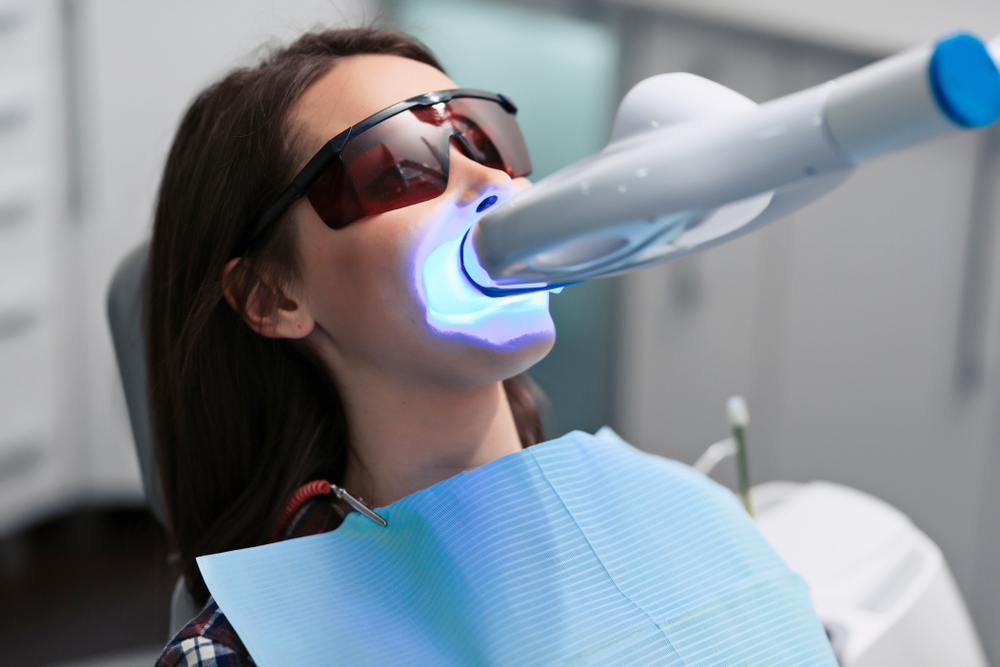
The Smiles Design
Smile design is the custom design and application of the patient’s teeth and gums to have an aesthetic and beautiful appearance in accordance with the patient’s face shape in line with the expectations and needs.
In the session applied for digital smile design, photo and video shots are made under studio equipment. The same session is taken from your upper and lower jaw so that you can design on it.
The dentist explains in detail what procedures should be done to the existing teeth in order to achieve the ideal smile design with alternatives. Digital smile design is usually achieved by applying orthodontics, dental implant, prosthesis and gum alone or together.
According to the accepted treatment procedure, the physician starts the treatment by giving the patient a new appointment. All treatments and current conditions are recorded and everything is planned according to the digital design.
How long does digital smile design take?
It takes an average of 2 sessions for the design to be made and shown to you in the mouth. In the first session, your records are taken, and in the second session, this design is shown to you in the mouth with the application we call “mock-up”. Treatments are started according to the methods determined as a result of the design. Although the next sessions vary according to the condition of your teeth and the procedure to be performed, the results can be achieved in 3 sessions
How long does it take to prepare a digital smile design?
Digital smile design is prepared in 3 to 5 days. In this process, the data recorded in the first appointment is evaluated digitally by the physician and the predicted smile is designed. When making smile design, the facial features of the individual, eye, ear, nose, jaw tip, etc. parameters are taken into account. When determining external forms, it is essential to provide a dynamic harmony with the style of the person in accordance with the concept of visagism.
The digital design on the measurements taken is transformed into a model and a second appointment is made for testing the model and presenting it to the patient.
Are only Zirconium crowns used in smile design?
No. The choice of material in smile design is shaped around the condition of the teeth, position, and personal expectations of the patient. In the front area, if there are no large fillings or bruises in the teeth, laminate is mostly preferred. If there are defects in position or large fillings, bruises on the teeth, emax, empress, zirconium porcelain can be used. In the back area, monolithic zirconiums or zirconium porcelain are used because durability is mainly in the foreground.
Can every doctor make a smile design? How does the process work?
Not every smile designer can do it alone. Smile design is a team effort. First of all, the existing teeth need to be properly evaluated. It prevents the misdiagnosis and application of the design from being long-lasting. Right planning should be done behind the right diagnosis. This plan should be explained to the patient in a way that is accurate and understandable. Smile design is made to healthy mouths; therefore, the mouth is first prepared for design. In this preparation process, fillings are made to bruises, teeth that need to be removed are extracted, gum treatments and necessary gum preparations are made. In short, the mouth is first put in a healthy position. Then the protetic stages begin, necessary abrasions are made and measurements are taken. At this stage, the physician and patient talk to clarify the expectations of the patient. Then rehearsals are performed, the design is brought closer to perfect as the patient’s mouth allows, and the design is terminated.
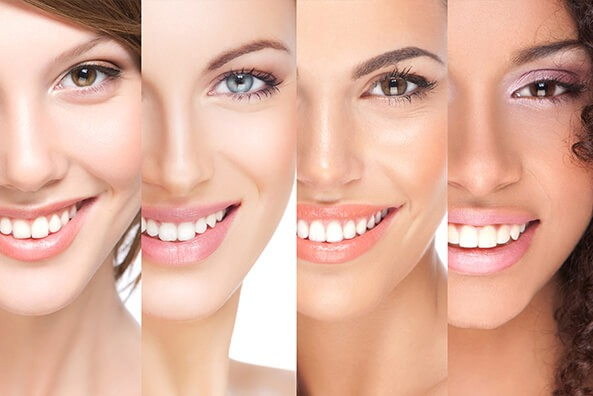
Zirconium Crowns
What is zirconium porcelain crown?
Zirconium porcelain crown infrastructure is zirconium metal, and porcelain is the type of crown used in the superstructure. Zirconium metal allows us to obtain natural prostheses, both white and light-permeability, as it is the closest material to tooth tissue.
What is the Empress and E-max crown?
They are full porcelain crown enriched with special materials such as leukide and lithium dysilicate. They have high light transmission and are the crowns that most closely resemble the tooth structure. Aesthetically it is very satisfying. But it is more durable than other types of crowns. For this reason, it is often preferred in front teeth where aesthetics are in the foreground. It is not preferred on the teeth in the back, chewing area.
What is a monolithic Zirconium crown?
Monolithic zirconium is crowns that are scraped out of zirconium blocks and produced in a single piece form. It is very hard as it is produced in one piece without stratification. Zirconium is on average 20 times more durable than standard porcelain crowns. Because they are the strongest and most durable crowns, they are often preferred in the back areas in patients who squeeze and grind teeth. Until the last few years, monolithic zirconium crowns had a disadvantage of being a single color; however, with the developing technologies, we can achieve colors that are compatible with tooth tissues by using multi-colored blocks.
Which dental treatments are used for zirconium treatment?
Thanks to its light permeability, engravable and polished structure, it can be used to make all restorations front/back. It is one of the preferred restoration materials in dentistry.
How to care for zirconium crowns?
Zirconia crown care is no different from normal teeth. It should be brushed 2 times a day and cleaned regularly with floss between each tooth. Like every patient, patients with zirconia crown should not neglect 1 routine dental checkups in 6 months
How many days is Zirconium crown done on teeth?
Thanks to developing technology, the size of the teeth is digitally taken and transmitted instantly to the laboratory, and the designs are made digitally in minutes. This will help to save time, such as time, and time. These periods, which had previously been 4-5 days, have now been shortened until the evening delivery of the measure taken in the morning.
Is pain felt during the zirconium crown process?
All the teeth to be restored are anesthetized with anesthesia before the procedure and the patient is delivered temporary restorations before the numbness sensation and it is ensured to maintain the standard of life with temporary veneers until the new teeth come.
Will there be color changes in the teeth in the future?
The color of zirconia crowns does not cause coloration over time. Following the rules of daily oral hygiene and going to 1 regular dental check-ups in 6 months, it remains in the mouth for extra years.
Can Zirconium crown Dental treatment be applied in those who are allergic to metal?
Allergy was a common condition in old-type metal-assisted dental veneers. Zirconium allergy appears very rare, although it varies from patient to patient compared to metal-assisted crown. For this reason, zirconia is a priority option for allergic individuals.
Is it common for zirconia teeth to break or fall out of the crown?
As a result of the designs made by correctly determining the chewing movements of the patient and the relations of the two jaws relative to each other, a break is not expected in routine use. Zirconia has a higher fracture resistance than teeth, but severe trauma can cause a strong impact on the tooth.
The chemical properties of the adhesives we call “siman” used in bonding zirconia crowns have ideal properties for attaching to both the tooth and zirconia. During the erosion of the teeth, principles for increasing retention are used and it is a rare occurrence for the veneers to come out of the teeth.
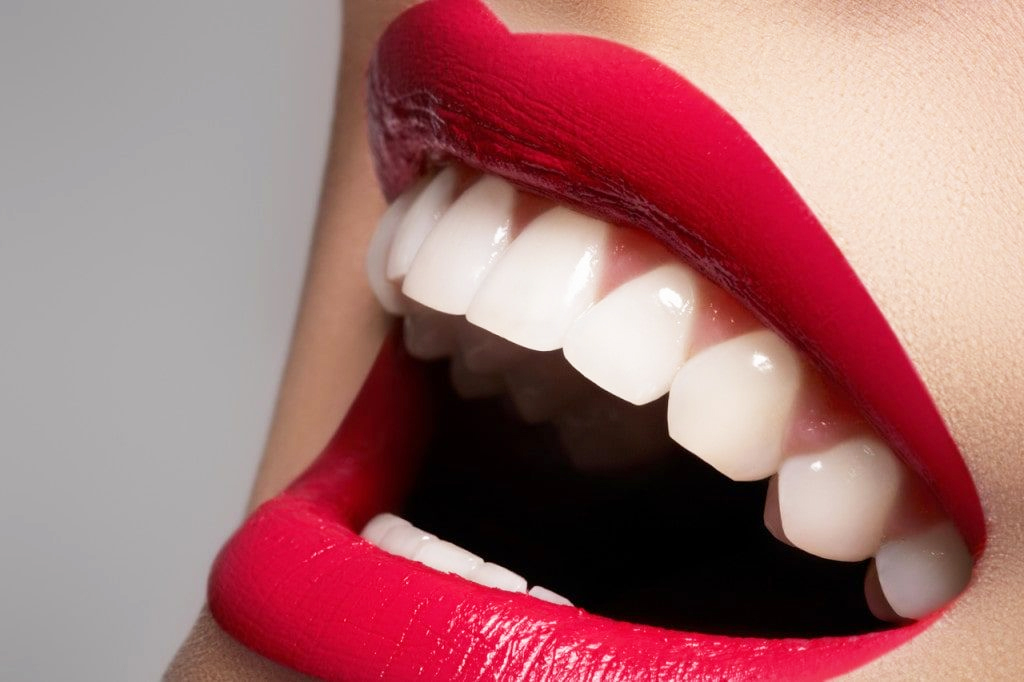
Porcelain Lamiana Crowns
What is lamina or porcelain?
Laminates are dentures in which only the front face of the tooth is covered without touching the teeth at all or only slightly abrasive the front surface of the tooth. The material is mostly emax and empress. Aesthetically, very satisfactory results are achieved.
Can I get lamina without touching my teeth?
Yes. When laminating, the teeth must be in the right position to obtain the proper shape and size. If the teeth are in the right position, lamination can be done without touching. If the teeth are not in the proper position, it may be necessary to make slight abrasions from the teeth. Apart from this, using wire and transparent plates, the teeth can be laminated without touching the teeth by bringing them to the appropriate position in a short time.
Laminates do not completely cover the tooth, do they fall easily because they only cover the front surface?
Laminates do not fall easily if they are made suitable for bonding the exterior and laminate surface using special gels and bonded with very strong adhesives.
To whom is laminated dental veneer treatment applied?
Porcelain laminate dental treatment can be applied to almost anyone.
In what situations are laminates applied?
In the teeth that are not properly aligned with the teeth.
In teeth with poor structural form and shape,
When the teeth are separated,
In the restoration of broken or worn teeth,
In the correction of old fillings whose color and structure are broken,
It can be a cosmetic alternative to straightening crooked and crooked teeth (as an alternative to orthodontic treatment).
What are the advantages of laminated teeth?
a minimum abrasion of 0.3-0.7mm ensures the desired appearance. The processing time takes an average of 7-10 days.
They are made of solid, non-perishable and durable materials.
The natural structure of your teeth can be made with porcelain laminate to have the aesthetic properties you want (color, shape etc.) without being disturbed. No changes are made to the tooth or a minimal correction is applied. The amount lifted over the thread is limited to 0.3 – 0.7 mm.
You get a copy of your teeth that you are not happy with their appearance. That is, before the intervention of the teeth, the change to be created in the teeth can be shown as a demo at the beginning of the treatment. This demo is called mock-up.
The porcelain surfaces are smooth, so they minimize stains caused by smoking and similar causes.
It does not change color with external factors such as coffee, tea, cigarettes.
The resistance to wear is high.
In which cases, porcelain lamina treatment is not applied.
Jaw disorders
Bad habits such as eating nails and biting pencils
in cases where advanced gum extraction is present, porcelain laminate treatment is not applied.
How long do laminate teeth last?
Laminates can be used without problems for years with good and accurate oral care. This is because they are made of porcelain with superior properties than other adhesive systems. They are resistant to staining and abrasion. It is necessary to take care of the mouth to extend their lifespan.
Does the pain make you feel when you get the crown?
Since the cutting and shaping of the teeth is done under local anesthesia, you will not have any pain during the procedure.
Will my teeth remain naked after they are cut until my veneers are glued?
After the teeth are cut while covering, we sometimes make temporary teeth the next day for the same session in order that our patients are not affected by the hot cold and are not forced in terms of image and function during the laboratory process.
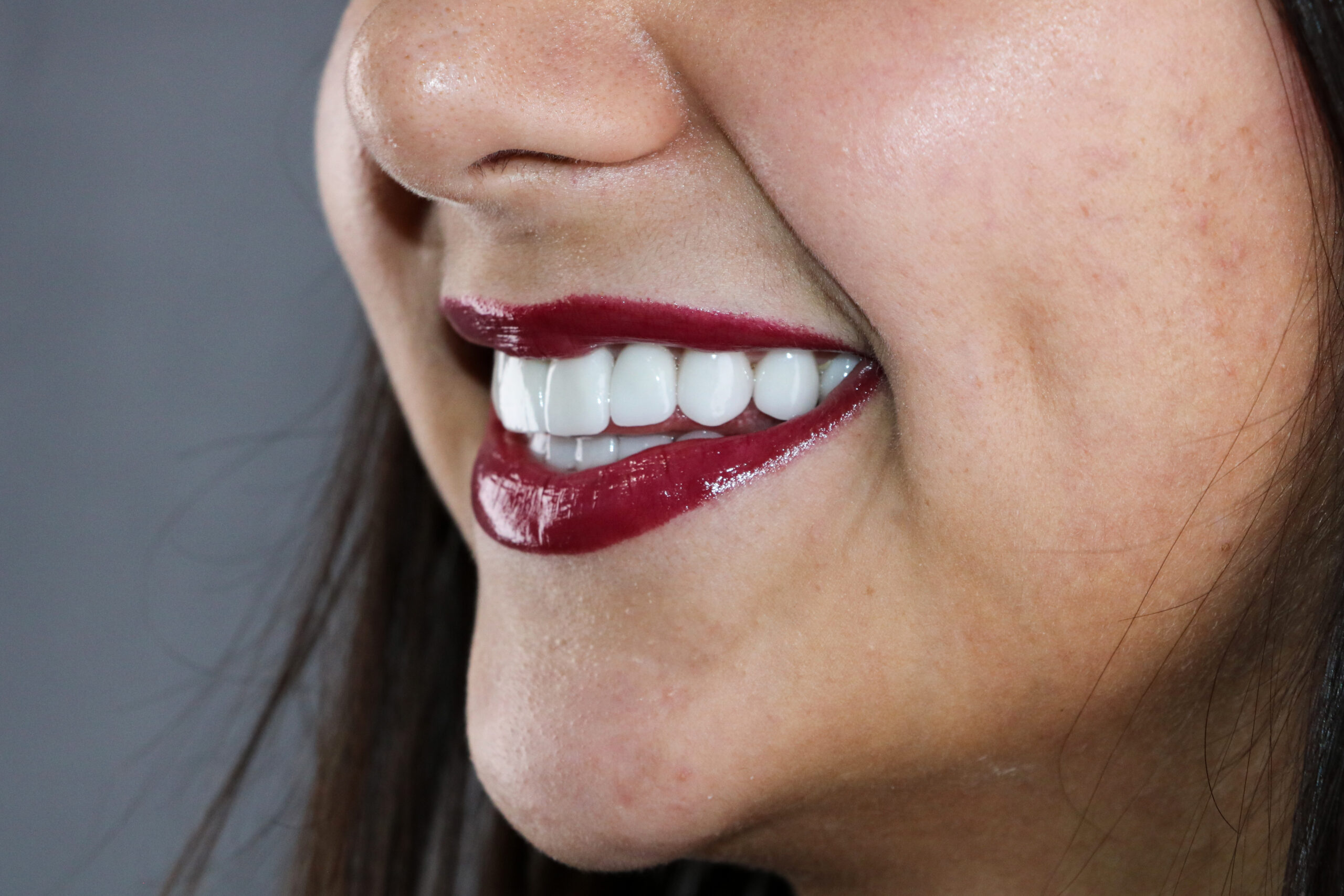
Porcelain Veneer Crowns
What is a metal-assisted porcelain crown?
Metal-supported porcelain crowns, stainless steel as infrastructure, are crowns made by processing porcelain on top of this infrastructure. There is no light transmission due to opaque materials used to hide the stainless steel in the infrastructure. Therefore, it is aesthetically weaker than other alternatives. Today, we do not prefer to use it except for economic reasons.
Does the pain make you feel when you get the crown?
Since the cutting and shaping of the teeth is done under local anesthesia, you will not have any pain during the procedure.
Will my teeth remain naked after they are cut until my veneers are glued?
After the teeth are cut while covering, we sometimes make temporary teeth the next day in order to ensure that our patients are not affected by the hot cold and are not forced in terms of image and function during the laboratory process.
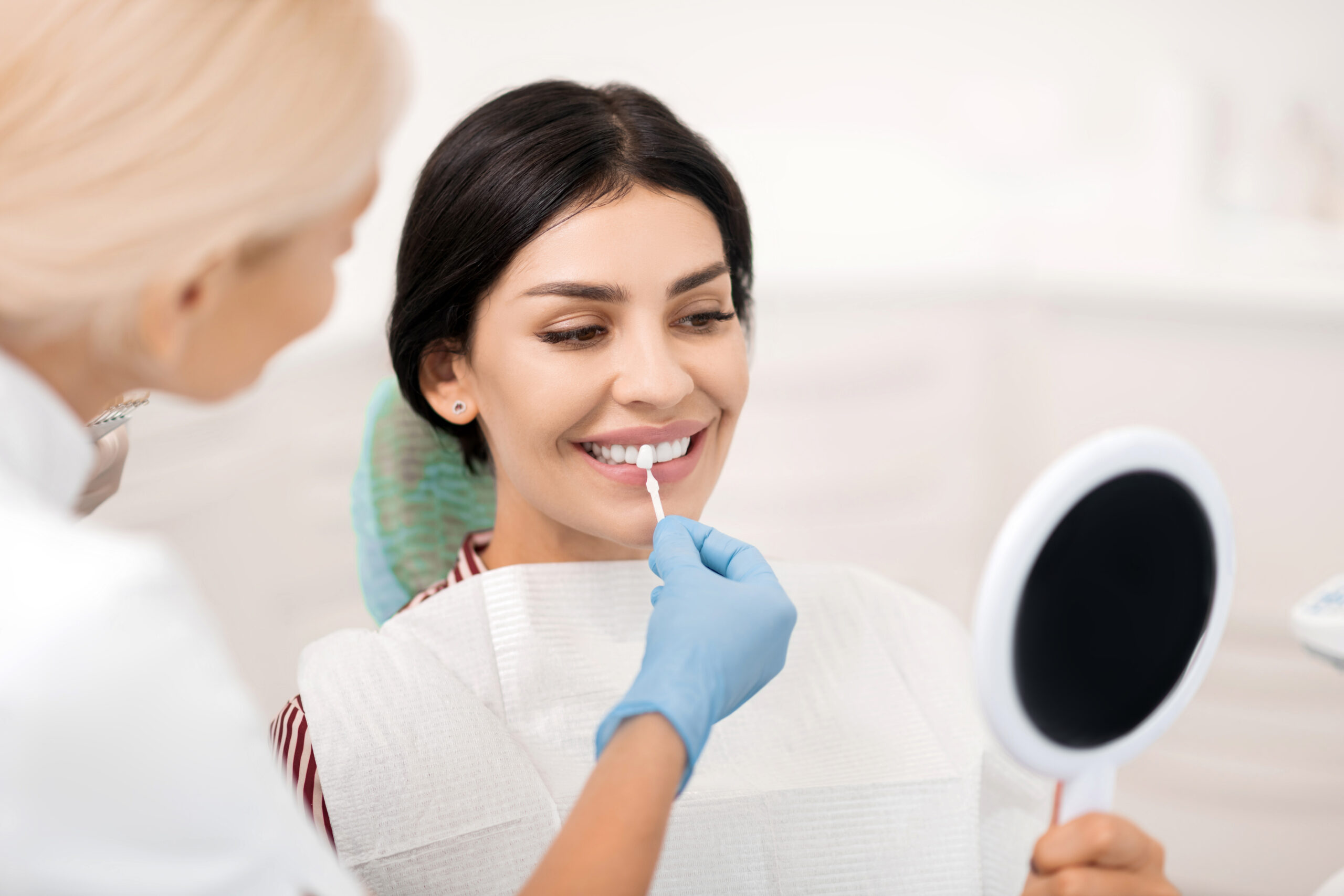
Inley and Onley Restorations
In cases where teeth damaged for various reasons cannot be repaired with filler or in cases where the expectations of patients who are not satisfied with the appearance of their teeth aesthetically can not be met with more conservative methods, all or part of the tooth is minimized to produce the appropriate prosthesis and glued to the tooth with special adhesives.
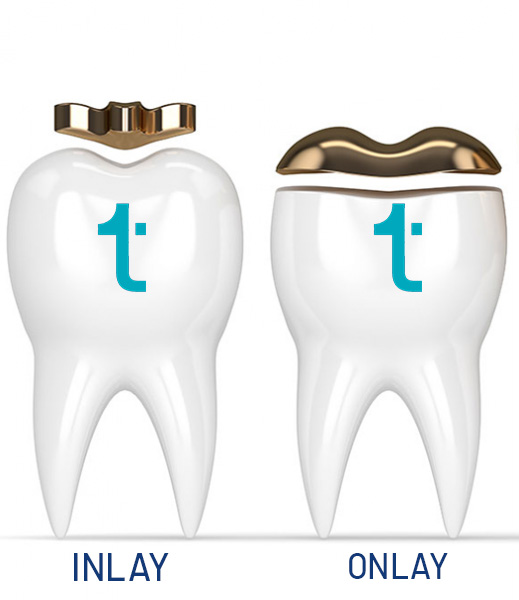
Aesthetic Filling
Is the composite laminate coloured?
Teeth applied to composite laminate undergo color changes as much as normal teeth. However, with the renewal of the polishing and cleaning process, the problem disappears. The resistance to staining can be increased by polishing.
Is the composite laminated resistant?
Is a composite laminated material durable? Composite laminates can be used for many years, provided oral hygiene is taken into consideration. However, very hard and shelled nuts should not be eaten, hard objects should not be bitten and broken with teeth.
Does the composite laminate damage the tooth?
Composite laminated is aesthetic and cosmetic restorations made with composite material to the tooth surfaces in order to change the color, shape, magnify or treat a defect of the tooth without damaging the teeth and to give an aesthetic appearance to the tooth.
Will the composite laminate look like the original tooth?
Aesthetics: The translucent properties of leaf porcelain are quite similar to a natural tooth structure. Although composite laminate is aesthetic, leaf porcelain is much more successful in this regard and has stain-resistant properties. The composite can be stained just like natural teeth.
Why does my filling need to be replaced?
There are several reasons why your filling may need to be replaced over time. Most of the time, it is the result of daily wear and tear. When chewing, your fill is under great pressure. Over time, it can cause it to crack, leak, or fall. If your plump is no longer able to protect your tooth as it should, it can cause bacteria and small food particles to get trapped under it. You need to change the filler to prevent new decay.

Tooth Gem
Dental diamond is the adhesion of precious or semi-precious stones on the patient’s tooth with special adhesives at the request of the patient.
As the size of the stone to be put grows, it may need to make a hole in the tooth according to that stone. It does not cause any damage as no abrasion will be done for small stones.
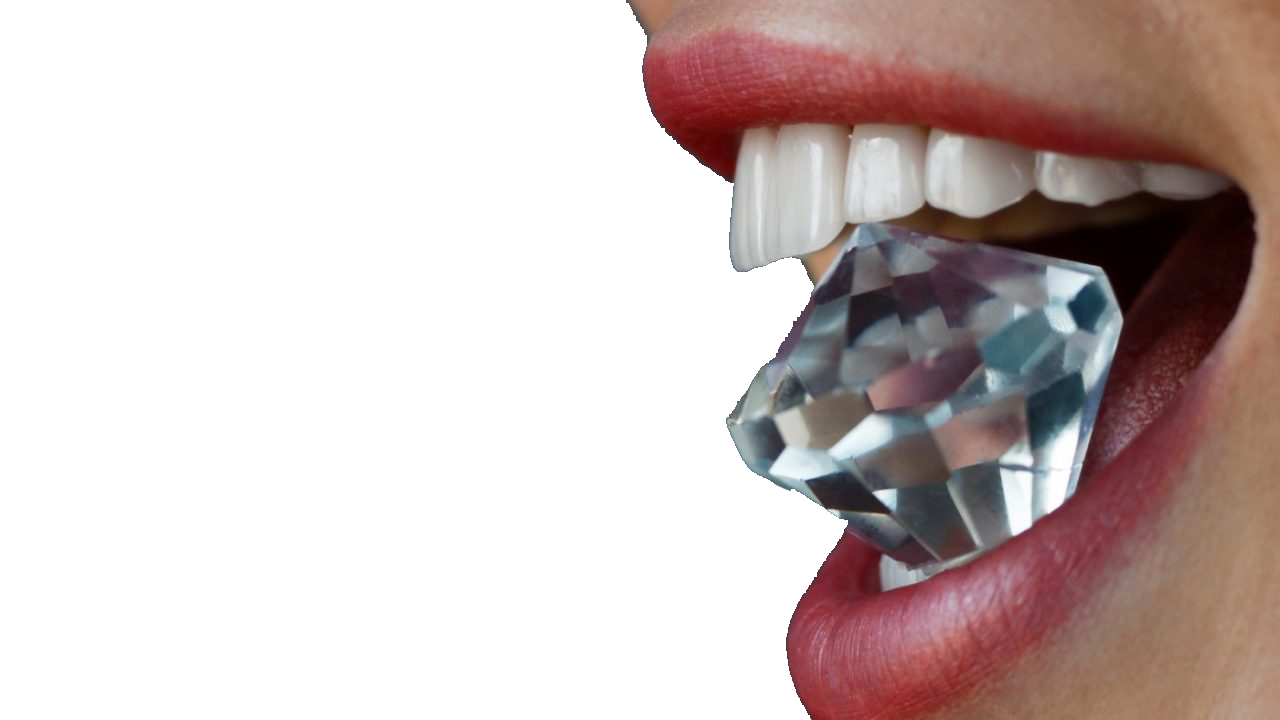
Hollywood Smile
What is a Hollywood smile in dentistry?
In general, it is the aesthetic smile design that allows you to have the smile of Hollywood stars. This smile design aims to create a perfect harmony between the lips, teeth and gums. Perhaps all you need for a more beautiful smile and therefore a more impressive look is this smile design.
Of course, the appearance of the teeth and gums is of great importance in this smile design. Not only women but also men can benefit from this smile design.
The Hollywood smile design is completed in several different stages. First, the patient needs to be examined and their needs for an aesthetic smile should be determined. If the patient has tooth decay or gum disorders, it should be treated first. After that, if there is a symmetry disorder in the patient’s teeth, it should be corrected with orthodontic treatment. If there is a missing tooth problem, the deficiencies are completed by applying implant treatment.
After these procedures, if there is an asymmetry related to the front gums of the patient, symmetry should be provided by periodontal surgery. After that, the most appropriate coating prosthesis method is selected for the patient and the procedures are continued.
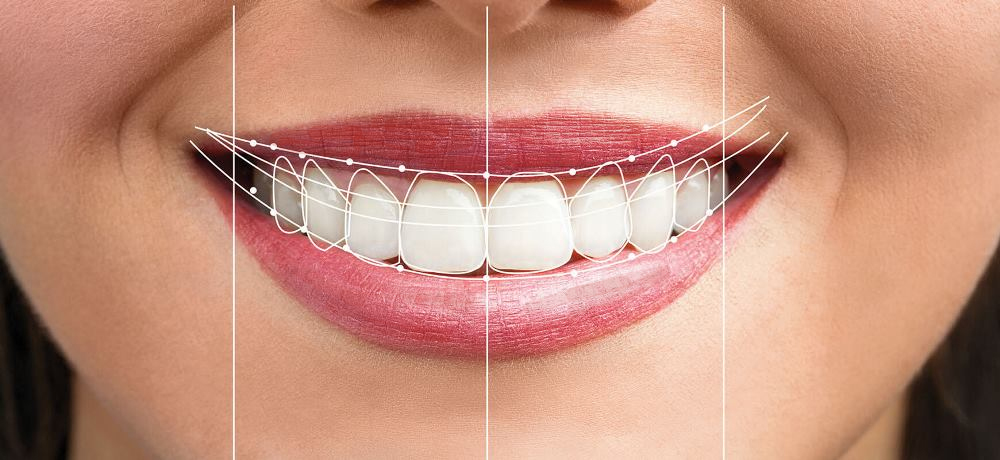
What is Aesthetics Fillings?
In the restoration of rotten, worn, broken teeth, composite (white) filling is the aesthetic procedures performed to change the tooth color, size, form and correct. Since bone ding applications have minimal substance loss in the tooth tissue, we can also call them tooth tissue friendly processes. The material we use composite filling cost is too low color options, so it produces satisfactory results at an affordable price for our patients.
Porcelain Laminate or Aesthetic Composite Filling?
The advantages, disadvantages and indications of the two types of restoration are different. According to the patient’s expectation, the condition of the teeth and the financial condition of the patient, our dentists at Tek Clinic Oral and Dental Health Center will provide the patient with the most ideal restoration options. Porcelain laminates are longer lasting and aesthetically superior, but roughening on the tooth surface may be necessary.
things to know?
Frequently Asked Questions About Aesthetic Dentistry
Root canal treatment is applied to the teeth that change color due to deep decay. The filling made on the tooth is removed, a special whitening gel is applied to the opening cavity, and then the tooth is closed with temporary filling. Sessions are repeated at intervals of 2-3 days until the desired color is reached. After whitening, the filling is renewed.
It is very important for individuals who attach great importance to dental aesthetics that teeth appear white. Since the color of the teeth will be affected by dark-colored foods and drinks, it will be beneficial to have one of the permanent teeth whitening procedures once a year.
Not every smile designer can do it alone. Smile design is a team effort. First of all, the existing teeth need to be properly evaluated. It prevents the misdiagnosis and application of the design from being long-lasting. Right planning should be done behind the right diagnosis. This plan should be explained to the patient in a way that is accurate and understandable. Smile design is made to healthy mouths; therefore, the mouth is first prepared for design. In this preparation process, fillings are made to bruises, teeth that need to be removed are extracted, gum treatments and necessary gum preparations are made. In short, the mouth is first put in a healthy position. Then the protetic stages begin, necessary abrasions are made and measurements are taken. At this stage, the physician and patient talk to clarify the expectations of the patient. Then rehearsals are performed, the design is brought closer to perfect as the patient's mouth allows, and the design is terminated.
They are full porcelain crowns enriched with special materials such as leukide and lithium dysilicate. They have high light transmission and are the crowns that most closely resemble the tooth structure. Aesthetically it is very satisfying. But it is more durable than other types of crowns. For this reason, it is often preferred in front teeth where aesthetics are in the foreground. It is not preferred on the teeth in the back, chewing area.
Laminates are dentures in which only the front face of the tooth is covered without touching the teeth at all or only slightly abrasive the front surface of the tooth. The material is mostly emax and empress. Aesthetically, very satisfactory results are achieved.




